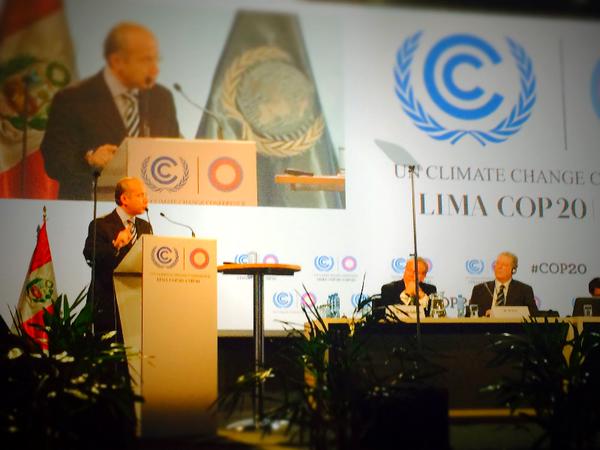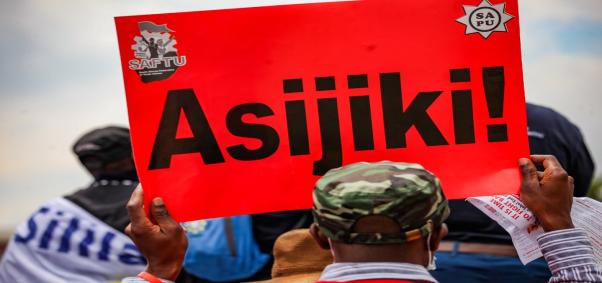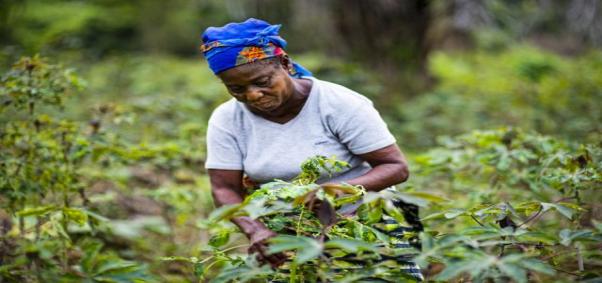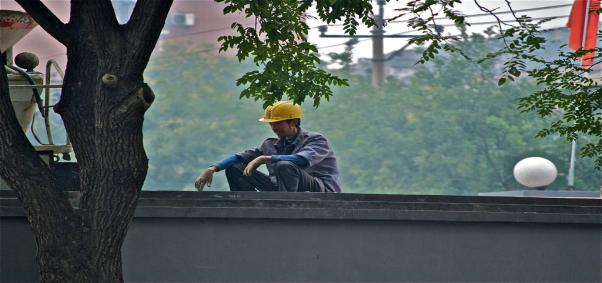
Lima, Peru
11 December 2014
**CHECK AGAINST DELIVERY**
Mr. President Humala, thank you for the invitation to participate in this important event. The eyes of the world are on Peru this week and we must rise to the challenge.
Today, the world is at a crossroads. We can either continue the high-carbon, high-pollution development model that we have used up to now, or we can evolve into a low-carbon, high-technology sustainable model.
I understand that, in making this choice, world leaders are rightly concerned about economic performance in their countries. After all, the world has not fully recovered from the worst economic crisis in generations, and many countries are facing slower growth while others are in or approaching recessions.
However, world leaders can no longer use the threat of lower economic growth as a reason not to act together against climate change.
The report published in September by the Global Commission on the Economy and Climate, which I have had the honor of chairing, shows that we can tackle climate change and grow our economies at the same time. We do not need to choose one or the other. We can – and must – have both.
This is now possible in part because of new technological developments and human ingenuity that have radically reduced the costs of clean alternatives, well beyond what anyone predicted. And this will continue to open up new opportunities for transformative change in coming years. Yes it is possible, but we need to make some smart choices, and we need to act now.
In our report we propose a set of 10 practical recommendations that will boost growth, generate savings and reduce climate risk. The recommendations come from the most recent best practices around the world and are centered on producing tangible economic benefits. In our report we show that it can be in a country’s economic interest to act now.
The report focuses on changing three key economic systems:
First, cities have to be more compact and connected and we must avoid urban sprawl. Second, we need to better manage land use, regenerate degraded lands and stimulate a new green revolution to better feed a growing population. And third, we must produce energy with clean technologies, taking advantage of rapidly dropping prices of renewables.
The transition to the new climate economy will be driven by three factors: innovation, resource efficiency, and investment in infrastructure. If we start now, the investments needed for a low-carbon economy could cost about the same as those for a high-carbon, inefficient and polluting economy. Either way, around $90 trillion will need to be invested globally in infrastructure over the next 15 years in cities, land use, and energy. It is up to us whether we choose low-carbon and climate-resilient infrastructure, or high carbon business as usual.
What is clear is that to achieve all of these changes, we need decided and consistent policy signals from you, our world leaders. That is why the long-term, globally-agreed goal that you are discussing here is so essential.
Some countries, including China and the United States, the two biggest emitters in the world, have taken positive steps. We need to build on this and be more aggressive in securing a strong international agreement.
We have to act now, both collectively and individually. To help scale up ambition on the road to Paris, the Global Commission I head is working to identify the economic opportunities of further international co-operation on key initiatives, above and beyond what countries find economically beneficial individually.
The decisions you, the world leaders, take here in Lima, and those in the road to Paris, will shape the economic growth paths of the future.
Today, in your hands, you have a choice. Either we stay in this unsustainable path, or we move to a better future with lower emissions and higher economic dynamism. As I stand here I ask you, please lead us, lead us to Better Growth, lead us to a Better Climate. The world is looking to you to lead us to a New Climate Economy.
Thank you very much






